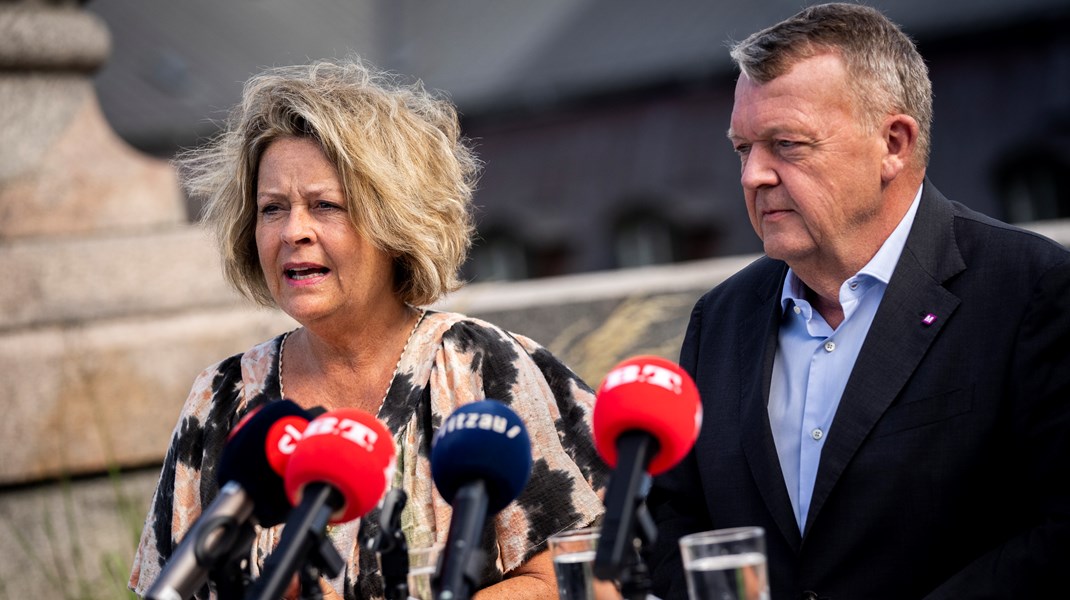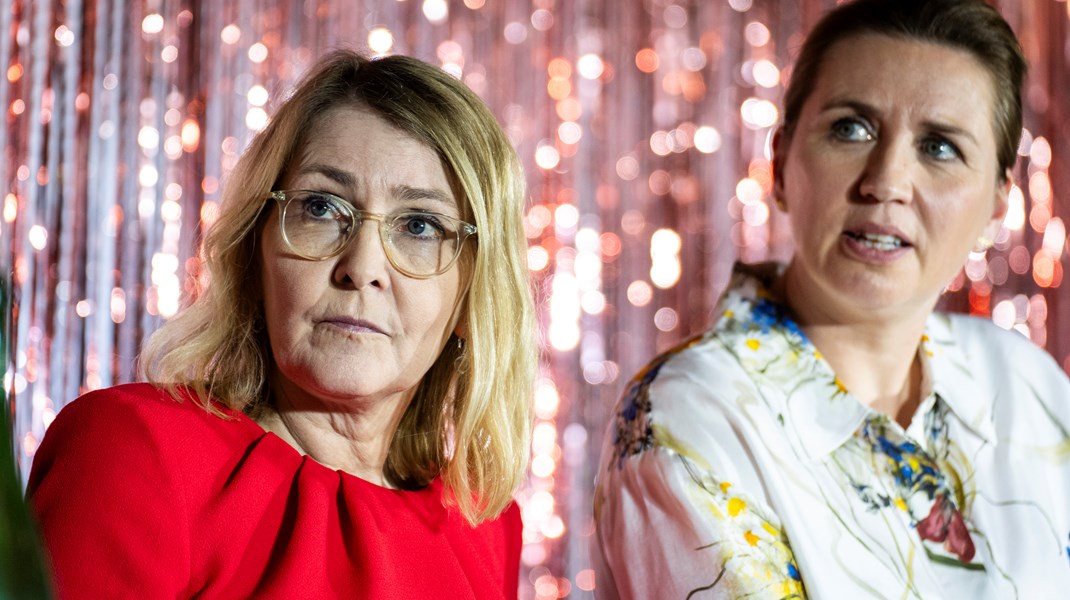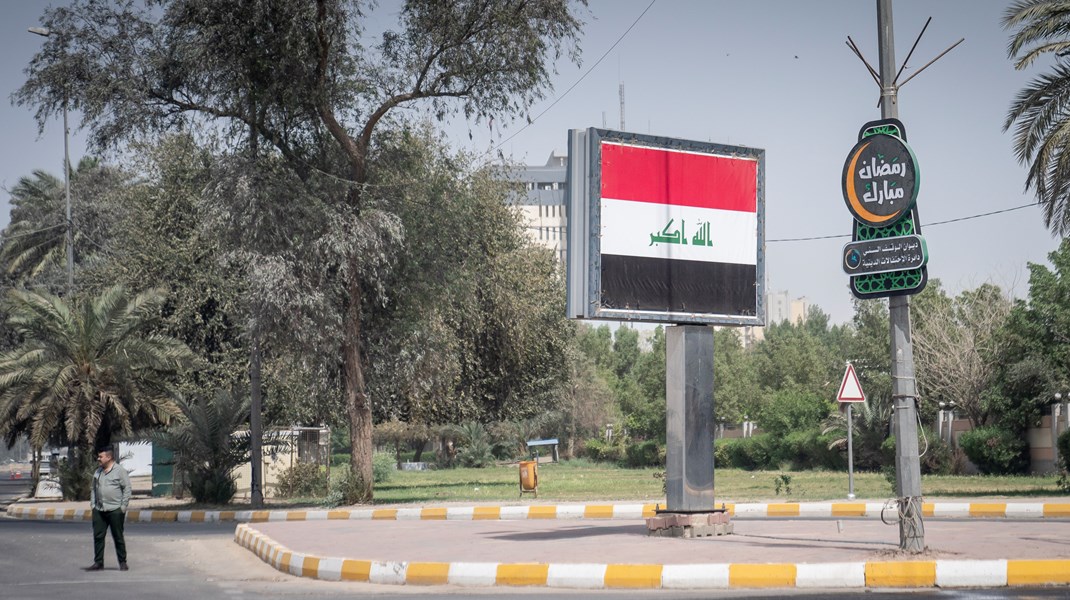Sudan: First inter-agency mission in seven years reaches communities in South Kordofan's Al Abassiya locality
Situation in Numbers
2.3 million children in need
4.8 million people
# of people who need Humanitarian Assistance
(Source: Sudan Humanitarian Needs Overview 2017)
1.1million children internally displaced
2.3 million people
# of internally displaced people
(Source: Sudan Humanitarian Needs Overview 2017)
468,218 South Sudanese
refugee children
767,570 people
# of South Sudanese refugees in Sudan in total
Highlights
- In South Kordofan, Al Abassiya locality, an inter-agency assessment mission including UNICEF was conducted in 18 hard-to-reach communities with about 34,896 people in need, 60 per cent of whom are women and children. It was the first time in 7 years that some of these communities were reached by humanitarian aid organisations since the conflict reoccurred in 2o11.
- In response to the Jebel Marra nutritional crisis in Central Darfur, UNICEF and partners continued to provide integrated support, including Primary Health Care services to 703 vulnerable children under 5 years, supporting vaccination campaigns reached 307 children under 1 year and the disinfection of the water distribution system and wells reached more than 30,000 people.
- UNICEF and UNHCR have agreed on a 'Joint Plan of Action', as a revision to a 2015 Letter of Understanding (LOU) that defines roles and responsibilities in refugee response across sectors, both in and out of camps.
- The Special Representative of the Secretary-General (SRSG) for Children and Armed Conflict paid a five-day visit to Sudan. During the visit, the progress in implementing the Action Plan to protect children in armed conflict was reviewed by the SRSG and the government officials, and the remaining steps were reaffirmed for completion.
Situation Overview and Humanitarian Needs
In South Kordofan, an inter-agency assessment mission including UNICEF was conducted in 18 hard-to-reach communities in Al Abassiya locality between 4 and 8 February 2018. Some 34,896 people in need were identified, including internally displaced persons (IDPs), returnees and vulnerable populations in the host communities. An estimated 60 per cent of these are women and children. This was the first time in 7 years that some communities were reached by humanitarian aid organisations since the conflict reoccurred in 2011. Dire needs were identified including lack of nutrition treatments and health facilities with medical staff in 16 communities, unsafe quality and inadequate quantity of water in all the 18 communities, and around 90 per cent of the community members practicing open defecation. In addition, 1,692 internally displaced students (966 girls and 726 boys) were attending the 13 visited schools and an estimated 2,000 school aged children in the IDP community are out of school. The low enrolment rate is partially related to the long distance that some children need to travel to attend school, since there are no schools near their settlements. UNICEF responded immediately to the most affected newly accessible communities in collaboration with the State Ministry of Health and the Water and Environmental Sanitation project (WES) based on the acute watery diarrhoea data. The preparation of an integrated response plan is ongoing.
An inter-agency WASH taskforce mission including UNICEF visited Sortony, North Darfur, from 4 to 7 February to assess the alarming levels of the water scarcity in the community. Currently, 220,000 IDPs including 105,600 children stay in the location mainly because of the forced displacement which occurred in some areas in the Jebel Marra region between January and April 2016. The major challenge is that there are no water resources in the direct vicinity of Sortony, causing clashes between different tribe-based groups for control of the limited boreholes near the community. To improve the situation, a piped water supply system was established for a few areas by Oxfam America, UNICEF and WES. UNICEF and partners are now covering the operational costs of the pipe water system, complemented with water trucking. However, a durable solution, with the construction of additional piped water networks, is required for providing at least 15 litres per capita per day.
Since the start of 2018, the deteriorating economic situation in Sudan continues to impact on the population especially the most vulnerable, including 2.3 million children in need of humanitarian assistance. A reduction in purchasing power stems from a 50 per cent increase in the price of basic commodities such as wheat and sorghum, depreciation of the Sudanese pound, banning of some import materials, and increased export tariffs, without an accompanying increase in income or social safety nets. This situation is expected to cause higher rates of malnutrition, hinder access to health services and reduce opportunities to receive education. An inter-agency assessment on identifying the impact on the vulnerable people is ongoing.


